Bigtooth Aspen Tree
- October 5, 2023
- 0 comment
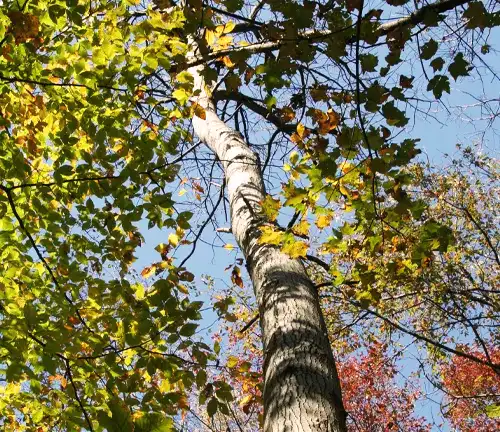
The Bigtooth Aspen, scientifically identified as Populus grandidentata, stands as an imposing and multifaceted presence within the rich tapestry of North American forests. This deciduous giant, predominantly found in the eastern regions of the United States and parts of Canada, commands attention with its medium to large-sized stature and distinctively shaped leaves, earning it the name “Bigtooth.” Yet, its seasonal metamorphosis elevates its aesthetic appeal to a sublime level, as autumn transforms its foliage into a resplendent display of golden-yellow hues, contributing significantly to the vibrant panorama of fall colors. The tree’s visual allure is not confined to its leaves; its bark undergoes a captivating evolution, transitioning from a smooth, chalky white in its youth to a matured state marked by bold, dark patterns, creating a visual masterpiece that complements its seasonal brilliance.
Beyond its role as a visual spectacle, the Bigtooth Aspen emerges as an ecological linchpin, playing a pivotal role in sustaining biodiversity. Its branches and leaves provide vital habitat and sustenance for a diverse array of wildlife species, showcasing its ecological significance. Notably, the tree exhibits remarkable adaptability, thriving in mixed forests alongside various deciduous companions, and its proclivity for propagating through root suckers results in the creation of expansive groves. This characteristic not only underscores the tree’s resilience but also contributes to the formation of unique landscapes that bear witness to the dynamic interplay of life within North American ecosystems.
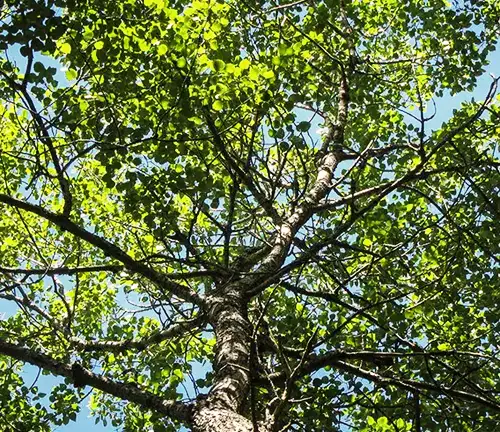
In essence, the Bigtooth Aspen transcends its botanical identity to become a living narrative, weaving itself intricately into the ecological tapestry of its surroundings. Its seasonal beauty, ecological importance, and adaptability make it a symbol of the intricate dance between nature’s artistry and the resilience of the ecosystems it inhabits. As this majestic tree continues to thrive and contribute to the vitality of North American forests, it remains an enduring emblem of the harmonious coexistence between flora and fauna in these wooded realms.
| Characteristic | Description |
| Scientific Name | Populus grandidentata |
| Size | Medium to large |
| Family | Salicaceae |
| Geographic Range | Eastern United States and parts of Canada |
| Height | Typically 40 to 80 feet, with some specimens reaching over 100 feet |
| Growth Rate | Moderately fast |
| Lifespan | Typically around 80 years, but can vary |
| Bark Texture | Initially smooth and chalky white; matures to become dark and furrowed |
| Soil type | Well-drained |
| Sun exposure | Full sun |
| Climate Tolerance | Cold-hardy, adaptable to a range of climates |
A Brief History
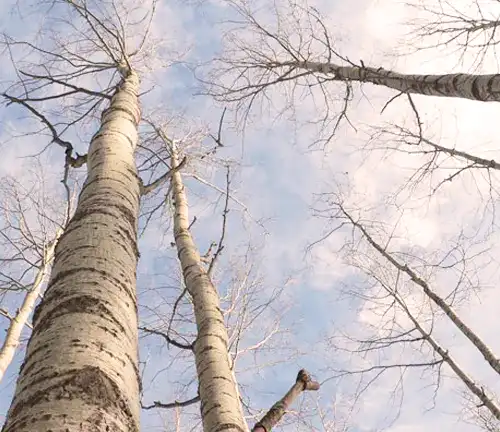
The Bigtooth Aspen tree, scientifically named Populus grandidentata, boasts a storied history deeply intertwined with the landscapes of North America. Native to the eastern regions of the United States and parts of Canada, this deciduous giant has been a silent witness to the ebb and flow of seasons and the evolution of ecosystems. Its significance extends beyond its graceful branches and golden foliage, reaching into the cultural narratives of indigenous communities and the exploration era, where its wood found diverse applications.
Botanical Features
Standing tall and proud, the Bigtooth Aspen showcases distinctive botanical features that make it a standout in the woodland panorama. With heart-shaped leaves adorned with serrated edges, the tree creates a visual spectacle during the changing seasons. The smooth, chalky white bark, marked with distinct black patterns as it matures, adds to its aesthetic appeal, making it easily identifiable in mixed forests.

Color/Appearance
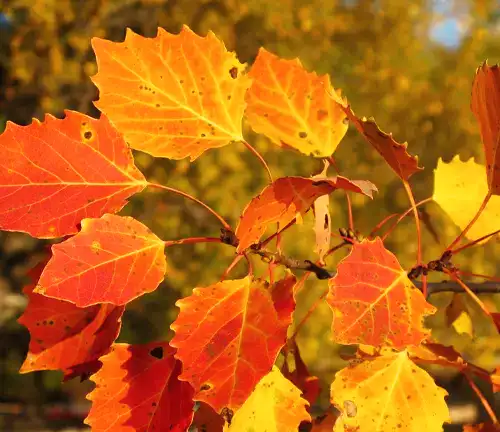
As autumn arrives, the Bigtooth Aspen transforms into a radiant masterpiece, with its leaves turning into a brilliant golden yellow. This seasonal display contributes to the vibrant tapestry of fall colors, marking the tree’s transition and adding to its allure. The dynamic contrast of the golden foliage against the matured bark creates a visual symphony in nature.
Cultivation and Care
Cultivating the Bigtooth Aspen requires an understanding of its preferences. Thriving in well-drained soils and adaptable to various environments, it often forms extensive groves through its unique root sucker propagation. The tree’s hardiness and adaptability make it a resilient choice in landscaping and reforestation projects.
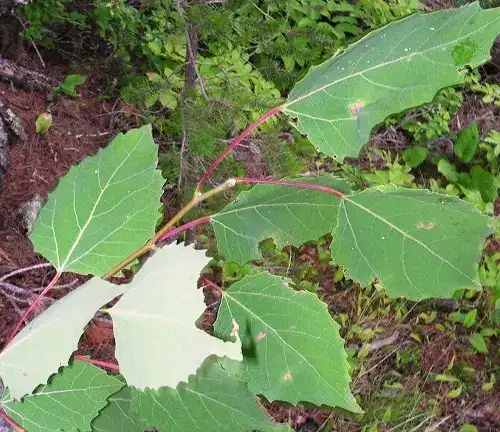
Ecological Importance
Beyond its visual charm, the Bigtooth Aspen plays a pivotal ecological role. Its branches and leaves provide habitat and sustenance for diverse wildlife species. The tree’s adaptability and propensity to form groves contribute to the creation of unique ecosystems, fostering biodiversity and supporting the delicate balance of nature.

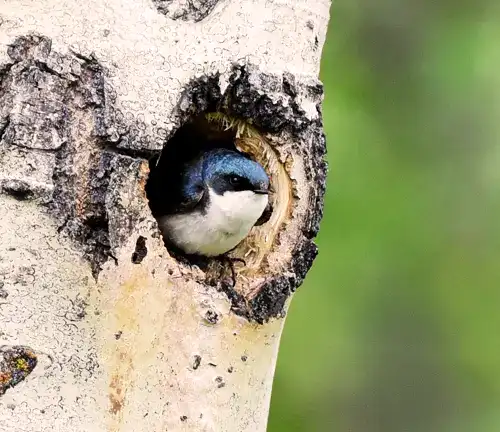
Wood Products and Applications
While not traditionally a timber tree, the wood of the Bigtooth Aspen finds applications in various products. Its light, pale wood has been utilized in crafting items such as boxes, pulpwood, and occasionally in furniture. While not as widely used as some hardwoods, its versatility adds to its value.


Benefits
The Bigtooth Aspen offers a range of benefits, from its aesthetic contributions to the ecological services it provides. Its adaptability, resilience, and ability to thrive in mixed forests make it a valuable component in sustainable forestry practices, contributing to the health and vitality of North American woodlands.
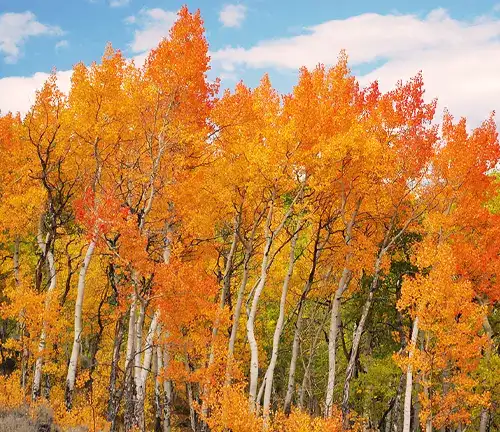
Conclusion
In conclusion, the Bigtooth Aspen tree stands not only as a visual spectacle in North American forests but as a dynamic participant in the intricate web of life. From its historical significance to its ecological importance and diverse applications, this deciduous giant weaves itself into the narrative of the natural world. As we appreciate its beauty and utility, let us also recognize the responsibility to preserve and sustain the legacy of the Bigtooth Aspen for generations to come.
Frequently Asked Questions (FAQs)
- Are there any myths or legends associated with the Bigtooth Aspen?
Some indigenous cultures in North America have folklore and myths that feature the Bigtooth Aspen as a symbol of transformation and renewal. These stories often emphasize the tree’s ability to shed its leaves in the fall and grow new ones in the spring as a metaphor for personal growth and change. - Can the Bigtooth Aspen be used for medicinal purposes?
While not widely known for its medicinal properties, some indigenous groups historically used different parts of the Bigtooth Aspen for various purposes, including creating herbal remedies. Exploring these traditional uses could yield insights into potential medicinal applications. - Are there any specific insects or wildlife species that exclusively depend on the Bigtooth Aspen for survival?
The ecological role of the Bigtooth Aspen is well-documented, but it would be interesting to learn if there are any species, whether insects or animals, that have developed unique adaptations or dependencies on this tree that set it apart from other deciduous species. - Can the wood of the Bigtooth Aspen be used for musical instrument construction?
While certain types of wood are favored for making musical instruments, such as spruce for acoustic guitar tops or maple for violin backs, it would be intriguing to explore whether the unique qualities of Bigtooth Aspen wood make it suitable for crafting specific musical instruments with unique tonal qualities. - How does climate change impact the growth and distribution of Bigtooth Aspen trees?
Given the current concerns about climate change and its effects on forests, it would be valuable to know how the Bigtooth Aspen, with its adaptability and resilience, is responding to shifting climate patterns. Are there any unique insights into its ability to thrive or face challenges in a changing environment?



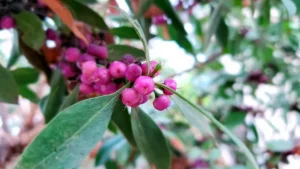

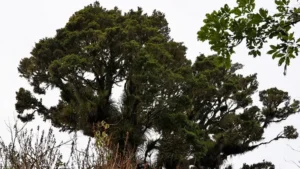


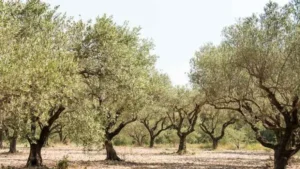
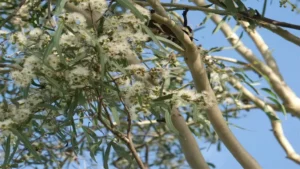
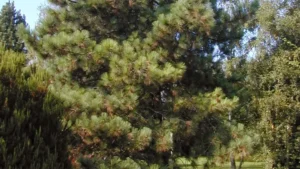



Leave your comment